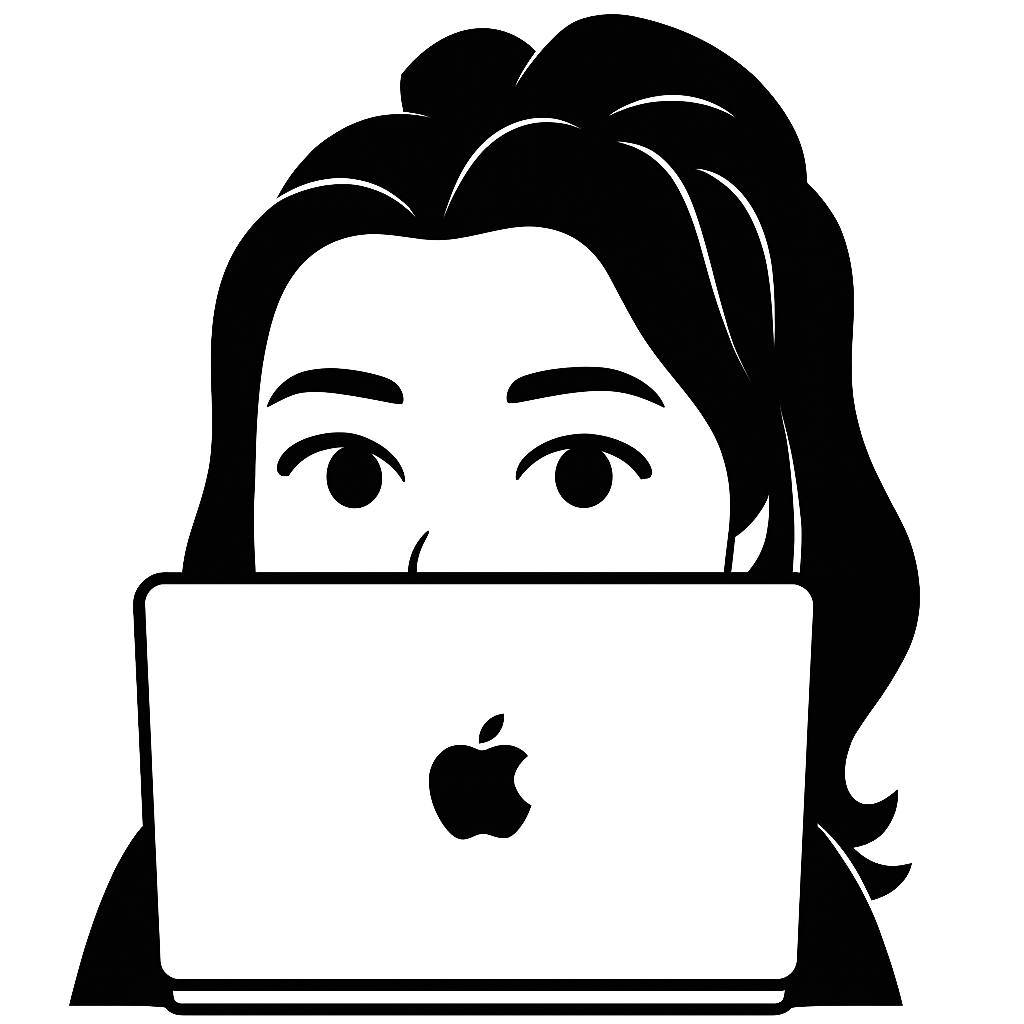Top 7 UX things to remember
Most of what I wrote here are reflections of my personal experiences. I love my current role as a UX designer and just wanted to share some of the reasons why. Design for all products/services is amazing and each comes with its own set of challenges and rewards. I had quite some time to reflect and I jotted down a few things I learned and pick up over the years.
1) There is no single design process, only a UX toolkit.
Your toolkit is filled with techniques that you can use as guidelines. Designers will pull out the right tool for the right situations. If you stop viewing the UX process (usability testing, wireframes, journey maps, mental model, user interviews, affinity brainstorming, or hi-fi prototypes) as a rigid process, your effectiveness as a designer will dramatically improve.
There will be compromise through collaboration. You might have an ideal experience you want for your users, but because of Business, PM, and Engineer’s priority and bandwidths, you’ll need to make a compromise and settle for a not-so-perfect alternative that is quick to build and test.
Instead of designing an entire product from scratch, you’ll almost always work on a couple of features within the larger product.
2) Research is important, but you don’t need to research everything.
User research is more about getting to know more about users rather than testing designs. Usability Testing is considered a Quality Assurance to make sure we are meeting and solving user needs. If you’re only validating, there a few problems:
You never are able to test a significant portion of your users.
Even though we try to do research “early and often”, if we are conducting research as “testing”, it by very nature is reactive.
The true value of user research is about learning (discovery), not just testing. It should and could be both.
The more you understand users, the better design decisions you can make and the less you need to ‘test’. That’s because you’re no longer making assumptions, but making decisions on knowledge.
3) Balance business needs with user outcomes
Business stakeholders (risk, finance, product leaders) are often feature-focused rather than problem-focused. UX Designers are focused on solving user pain points since we see hundreds of needed changes to make user lives easier and better. Both priorities and perspectives are important and balanced.
Stop trying to convince stakeholders to help you solve your problems. Instead, start showing them how you can help them achieve their goals. Learn what they are most focused on right now and find a way to be a part of the solution to their highest priorities.
4) Pitching and selling are critical design skills.
Design great experiences, but you also need to ship great experiences (deliver improved outcomes to my users). This means you will need to sell the value of what you’re trying to do. Sell the goal of what is to be achieved in a particular design iteration.
Become good at storytelling. People usually remember stories over facts and figures especially if they were told in a meaningful way. Use a narrative structure and make your presentation memorable.
5) Enterprise software can be really complex and interesting to design, but focus on techniques.
It’s the thinking that solves problems, not the tool you use to create the fancy mockups. Just remember, success depends on outcomes, not the pixel-perfect mockups.
It took me a while to truly appreciate enterprise UX. I grew to have such an appreciation for the complexity we have to deal with. Problems are large-scale and solutions are never straight-forward. It gives designers a lot to think about.
6) Design systems are about enablement, not enforcement.
A design system is a product for other products, and like any product it has to work for its users and needs to be informed by research.
Consistency can be easy to maintain while the company or department using it is small, but once you try to scale it across multiple teams for different use cases and variants are stacked, it falls apart if it isn’t flexible.
7) Share and communicate early and often
Talk with your cross-functional partners early to know their expectations for the project, their priorities and timelines, so that you can make the collaboration process smooth and easy for everyone.
Start the conversation early (hop on a call or send a message), so that you can set everyone’s expectations upfront, and avoid the situation when you spend weeks working on something, only to find out that it won’t work because of other team’s constraints, or that someone else has already created the same thing.
It’s still important to ask why, to dig into the root of the problem, and to solve it elegantly through design.
Bonus takeaways
Rarely do you do anything on your own or in silo. Take time to build strong and trusted relationships. When you find a team of good people and culture, don't underestimate the value that brings. Work with people who are willing to help you and want you to succeed. The people that will mention your name in a room full of opportunity and be that person for everybody else.
Be strategic about how you apply yourself to influence and make an impact. Your time and time of others is finite. Use it wisely and try to spend it on efforts that move the needle.

